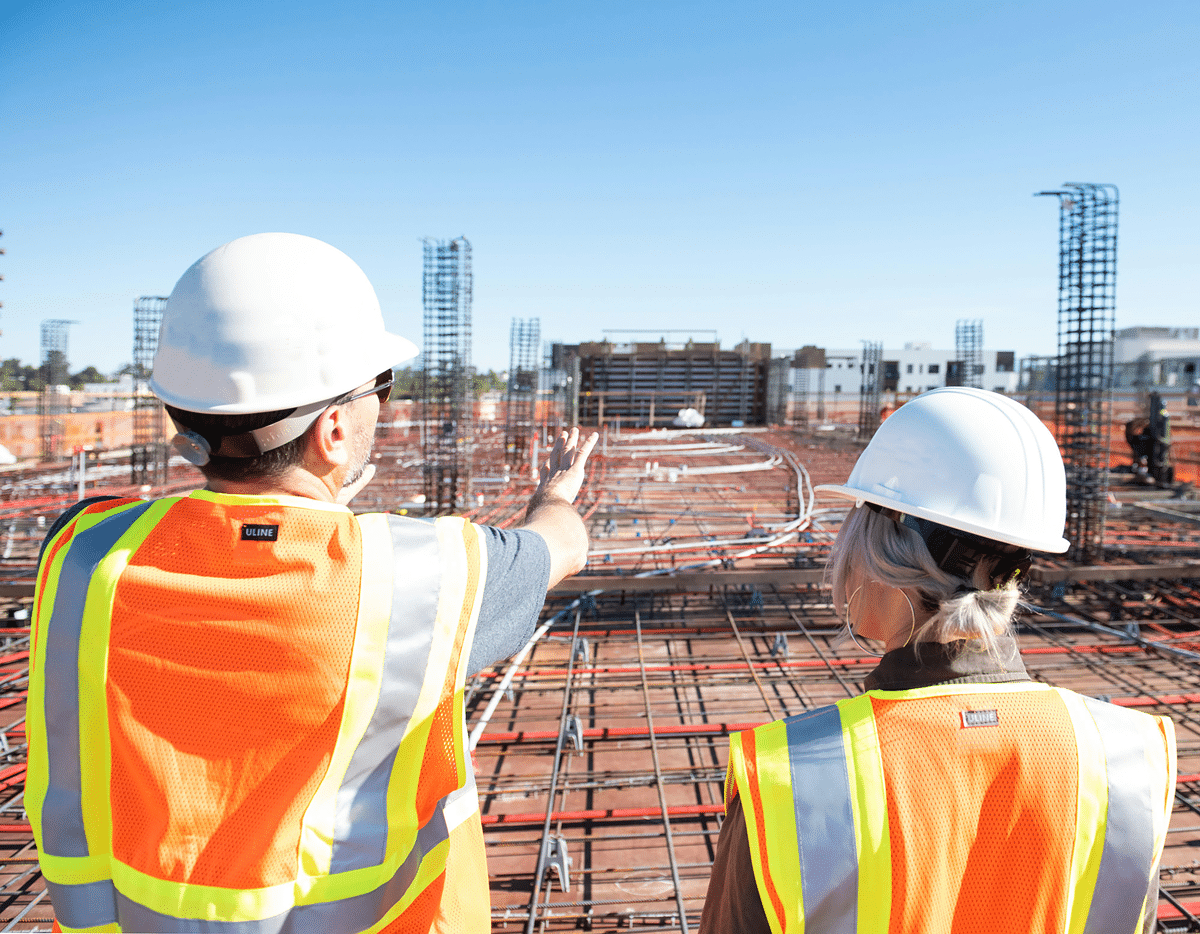Here’s the translation into American English:
—
On June 16th, the Congress of Deputies hosted the event ‘Present, Past, and Future of the LOE,’ organized by the Association of Quality Control and Independent Technical Control Companies (AECCTI) to celebrate the 25th anniversary of the Building Regulation Law (LOE). This event brought together prominent representatives from the sector, technicians, and spokespersons, with the goal of assessing the achievements reached, the current state of the law, and its future prospects. One of the main focuses was the inclusion of technologies such as Building Information Modeling (BIM), which aims to enhance quality and sustainability in construction.
During the event, the importance of the LOE since its approval in 1999 was highlighted. Before this regulation, the construction sector in Spain lacked a clear legal framework, which created uncertainty regarding the responsibilities of various parties involved in the construction process. The LOE established specific guidelines that ensure the quality, safety, and durability of buildings while defining rights and obligations from the design phase to the useful life of constructions.
A critical aspect of this regulation is the clear identification of stakeholders in construction, which has allowed for more effective distribution of responsibilities in the face of possible damages. This approach not only protects owners and users but has also strengthened confidence in the sector, promoting professionalization and comprehensive regulation.
The analysis of the present regulatory framework also addressed the challenges the sector faces in an increasingly digital and sustainability-focused context. BIM was presented as a transformative advancement in the construction process, allowing for the consolidation of all project information into a single digital model. This methodology facilitates collaboration among all involved parties and ensures compliance with the LOE in aspects of coordination and responsibility.
Additionally, it was highlighted how specialized software companies like Autodesk and Trimble are implementing solutions that enhance the management of the building lifecycle, optimizing quality control, timelines, and regulatory compliance in an ever-evolving environment.
Finally, reflections centered on the future of the LOE, pointing out that the incorporation of emerging technologies, along with innovative construction models such as industrialized construction, will lead to a significant transformation of the sector. The need to redefine regulatory concepts, including new roles like BIM coordinator, and to integrate international standards aimed at sustainability was discussed.
This meeting not only served as a platform for reflection on the trajectory of the LOE but also sparked a necessary debate to move towards a renewed regulatory framework adapted to the demands of the 21st century. After 25 years in effect, the LOE continues to be a benchmark for quality and safety in construction, and its update is considered imperative to tackle contemporary challenges.
—
Source: MiMub in Spanish
